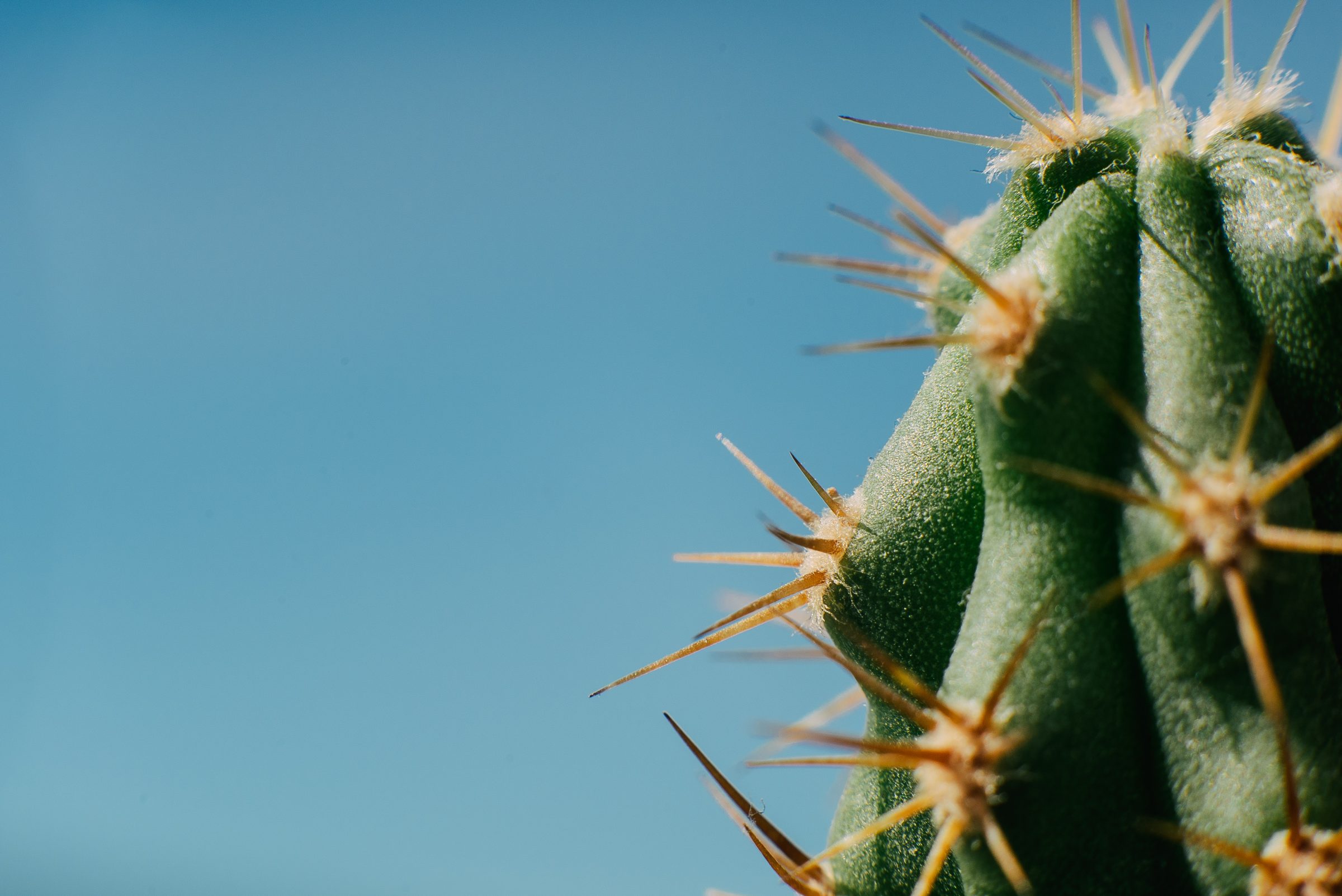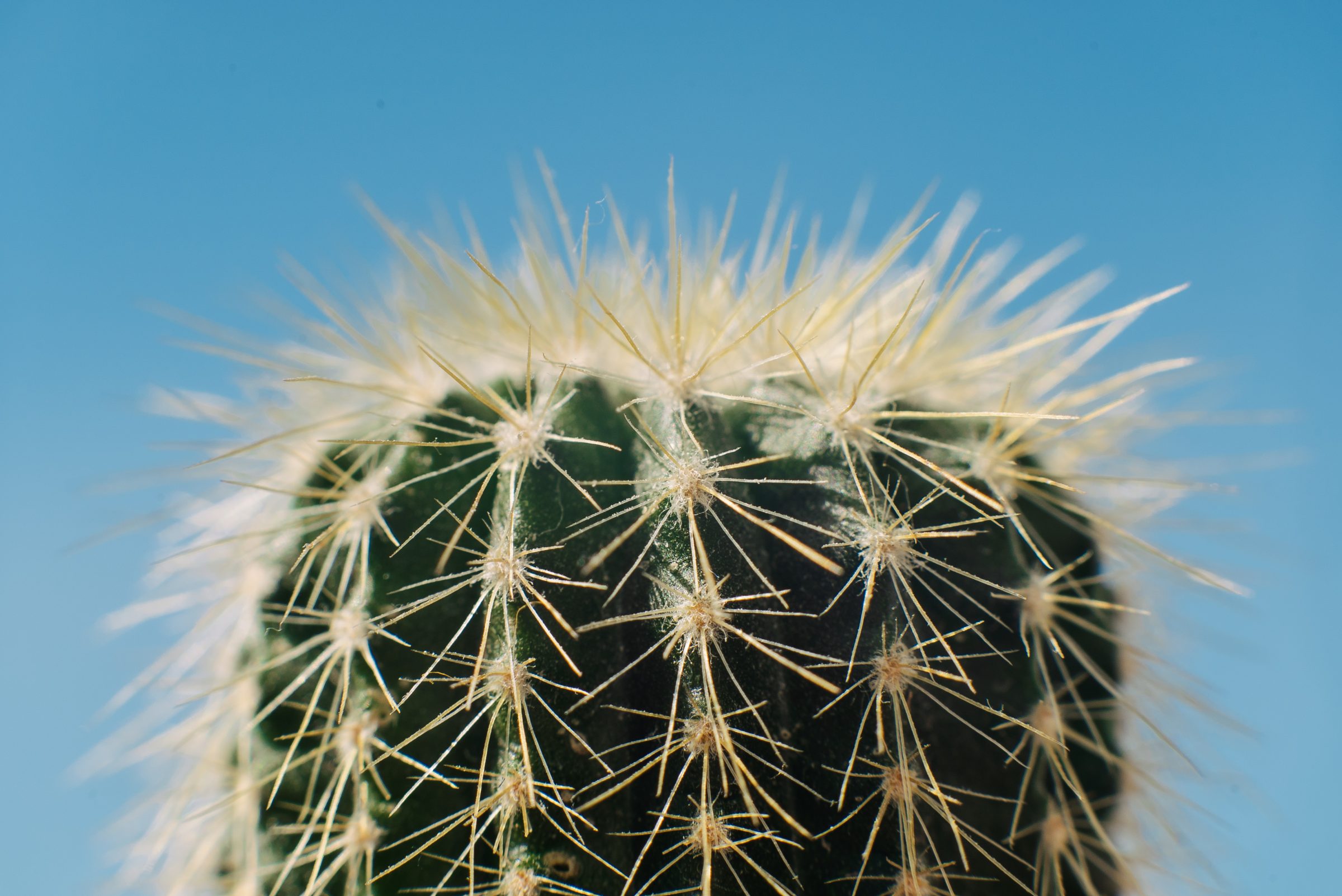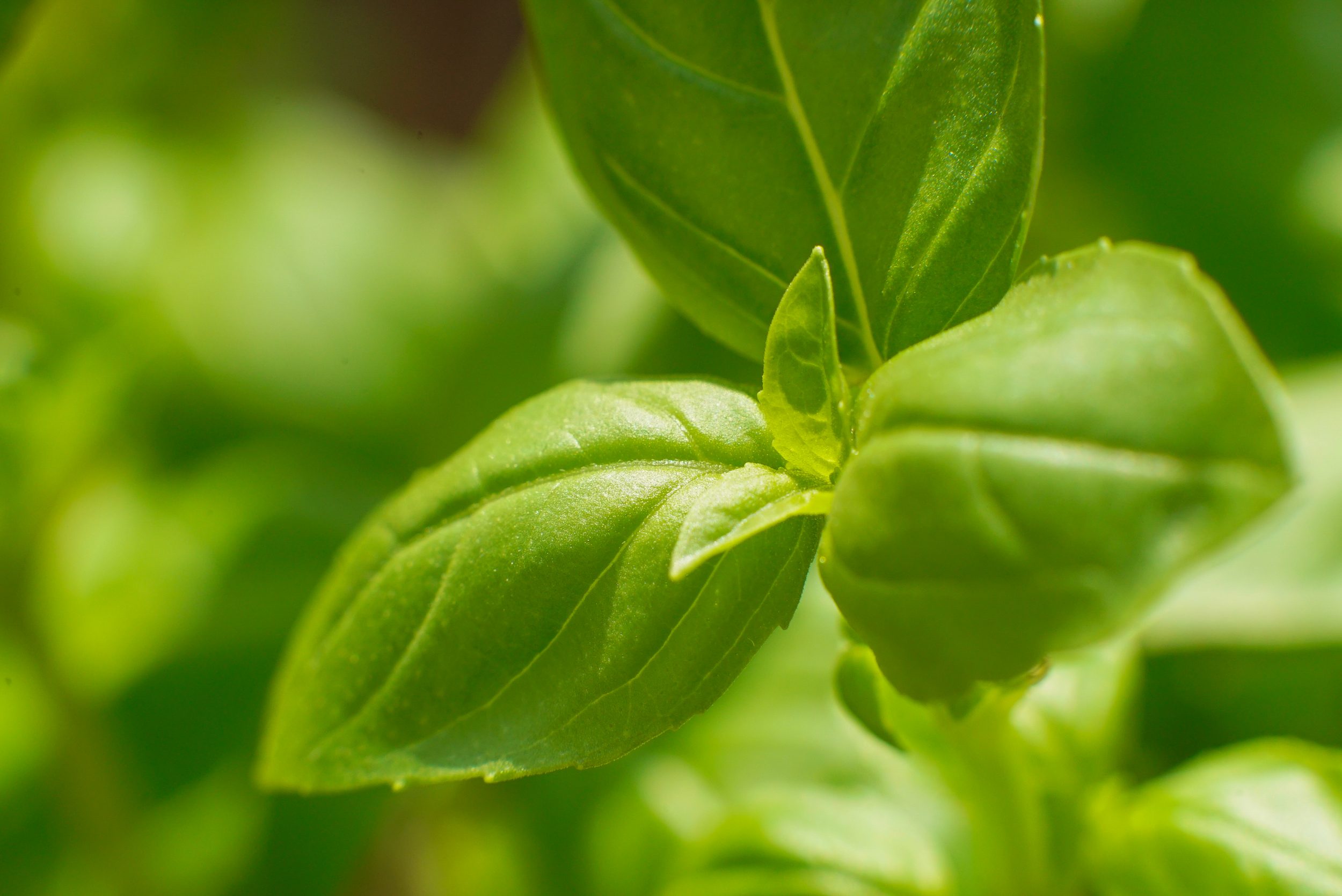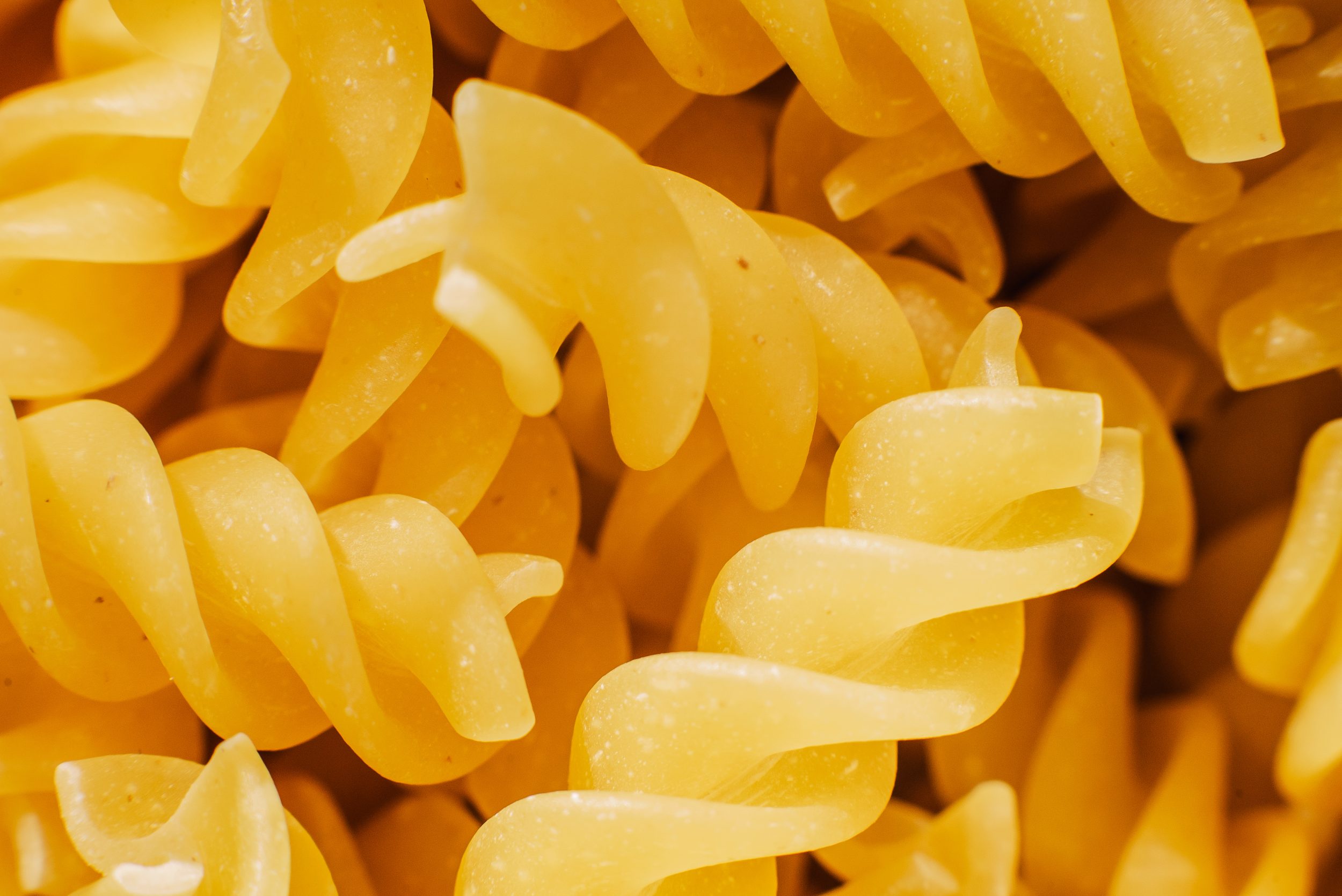After two and a half years of pandemic, it has now hit me too and I have caught Covid. It’s annoying, of course, but I’m thankful that I didn’t meet anyone in the days before and so at least I didn’t pass it on.
Fortunately, thanks to the booster vaccination, I’m doing very well and so I was able to use the time at home to tackle some private projects that had fallen behind. However, after everything was done, boredom set in on day three and so I decided to devote myself to my grandma’s old photo equipment, which I hadn’t touched since she died.

In addition to a Pentax ES II, the collection includes a remarkable selection of great Pentax lenses, including 55mm f/1.8, 85mm f/1.8, 135 f/2.5, 200mm f/4 and more. All lenses have an M42 mount and after a brief search I luckily found an M42 to Sony E-mount adapter in the attic.
Since both street and landscape photography from the Hamburg city apartment are of course limited, my special attention immediately fell on the three extension rings that were also part of the photo equipment: 32 mm; 16 mm and 10 mm. So, macro photography it is, I thought. Although I don’t really have much to do with this subject otherwise, but you must do something when you’re trapped within your own four walls.
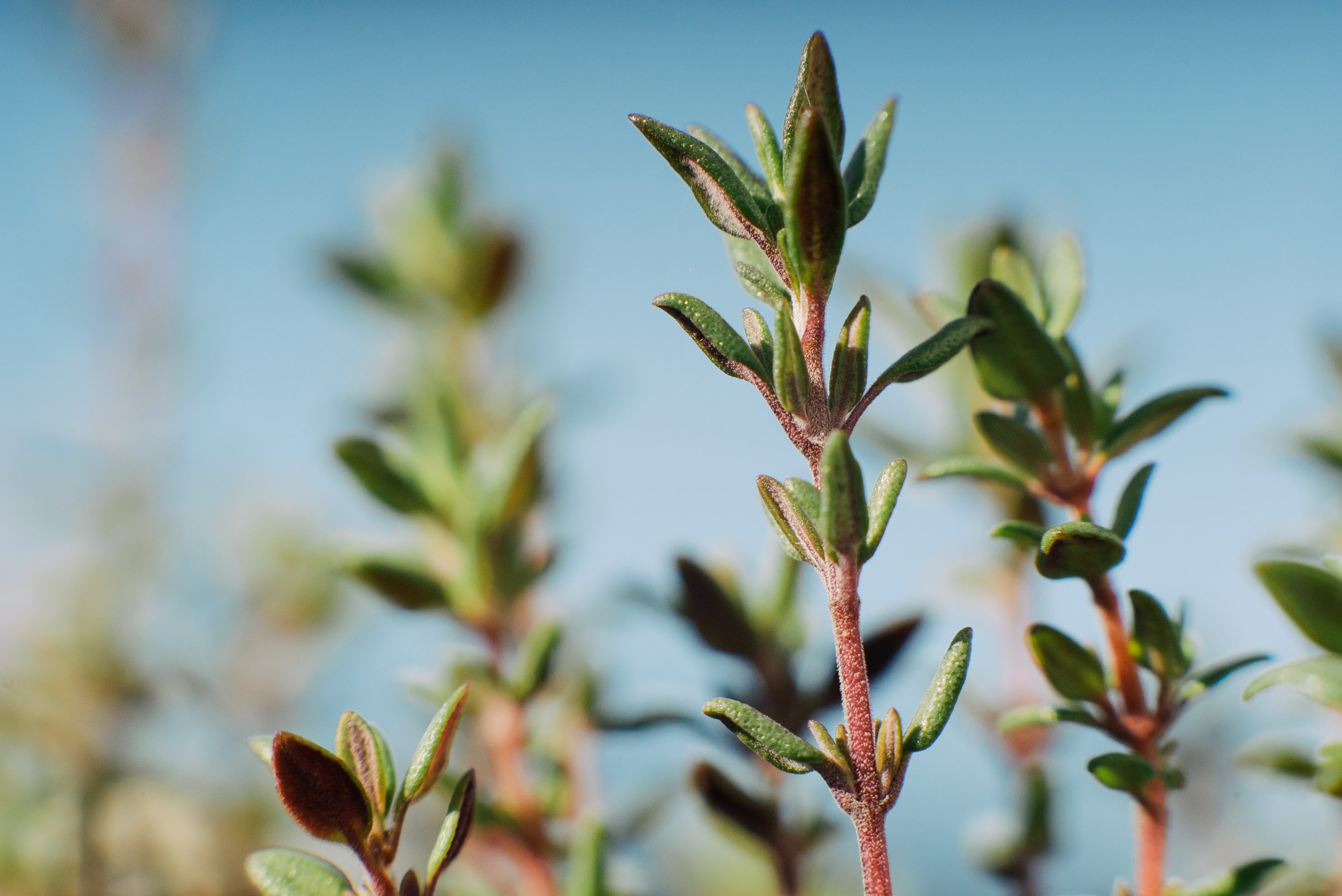

After a few attempts, the combination of all three macro rings (43 mm in total) with the Super Takumar 85 mm f/1.8 proved to be particularly suitable (this lens is almost 45 years old now). Fortunately, the weather was good, so I was able to take advantage of the sun on the balcony to photograph all sorts of plants and objects I found around the apartment. All photos were taken with the Sony A7S, since my A7RII was in the office unfortunately.
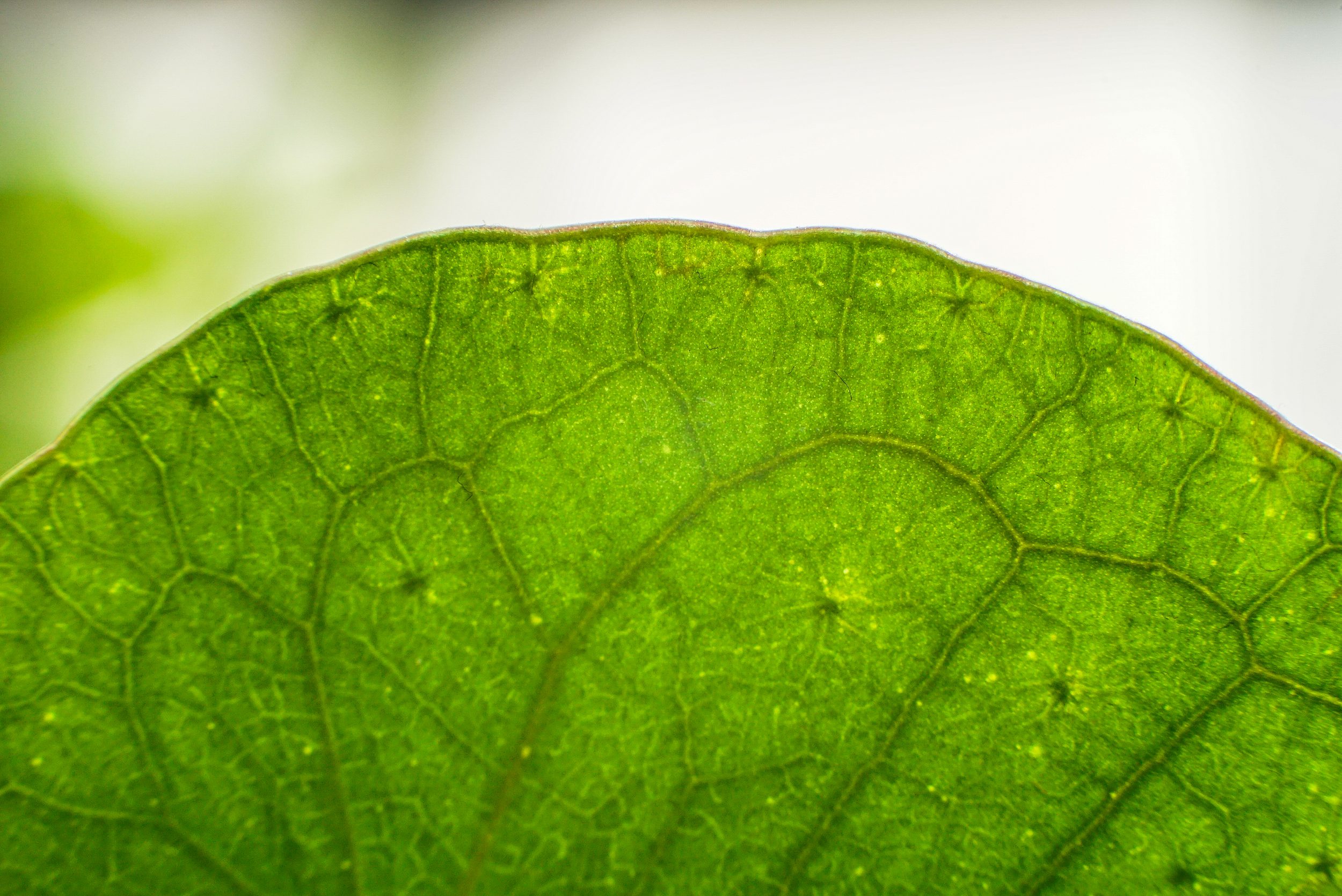
The sharpness of the 85 mm f/1.8 is astonishing (even with 43 mm of macro rings in between the lens and the sensor). Also the build quality of this lens is absolutely great and it feels very natural in your hand. But you can clearly see the limitations of this setup in the corners of the pictures. Chromatic abberation and sharpness is much worse here. But in my opinion this adds to the special feel of these images.
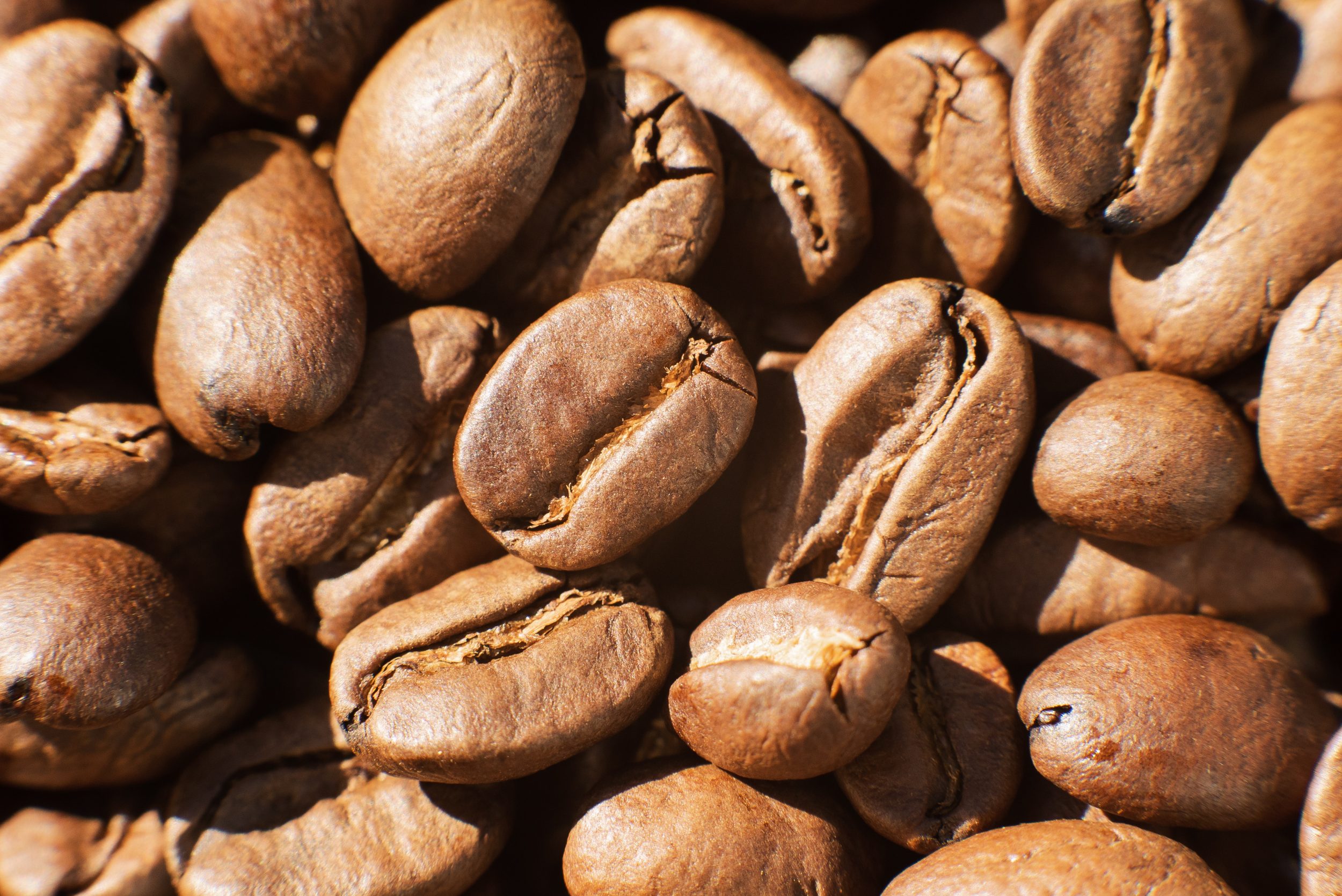
All pictures are shot handheld (all tripods were in the office as well). This has proven to be quite tricky because even at f11 the depth of field is not more than a millimeter. Most of the pictures are shot at very high ISO to keep shutter speeds as low as possible (ISO 640 – 1250). With the A7S this fortunately isn’t really a problem in terms of image quality.
